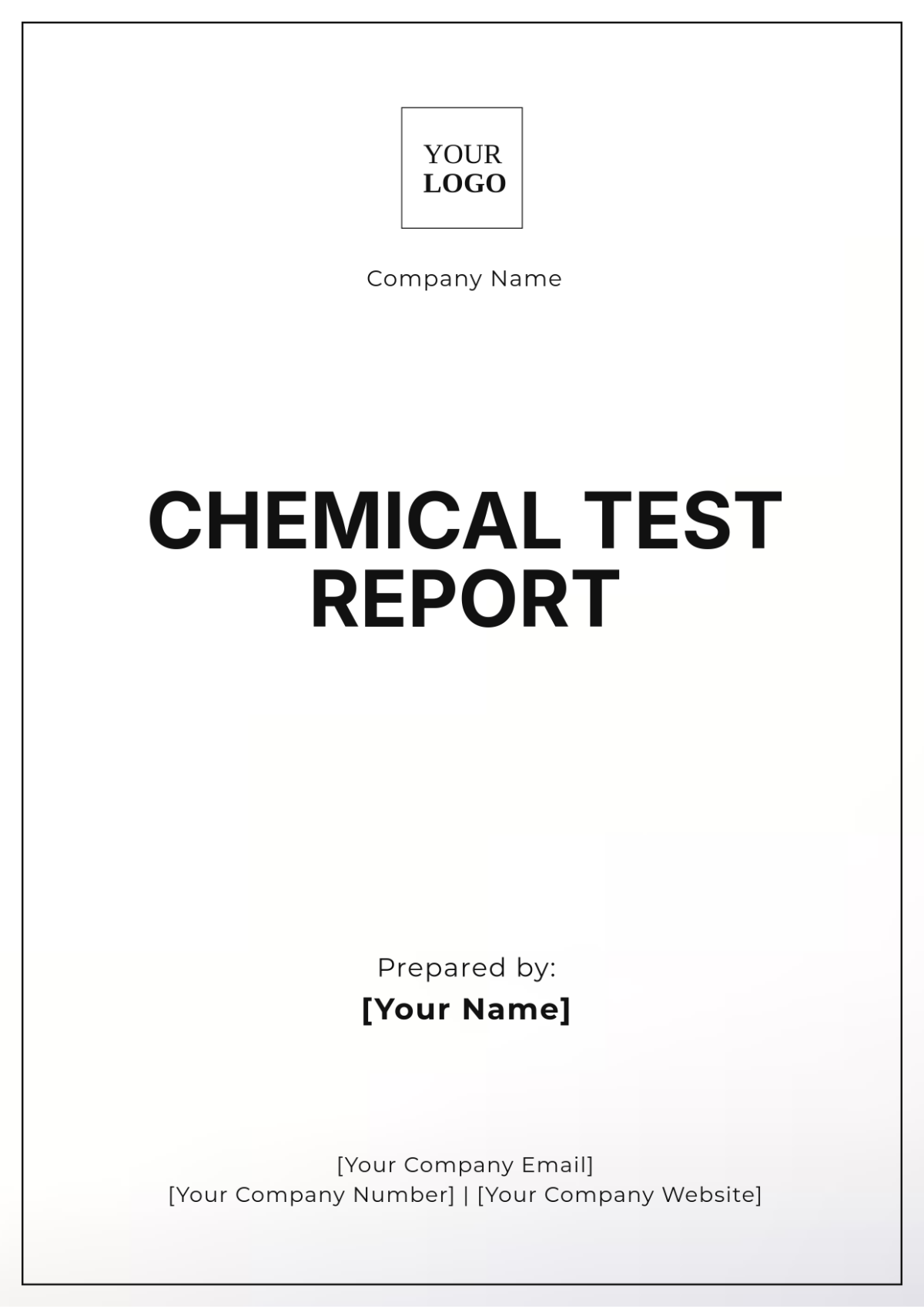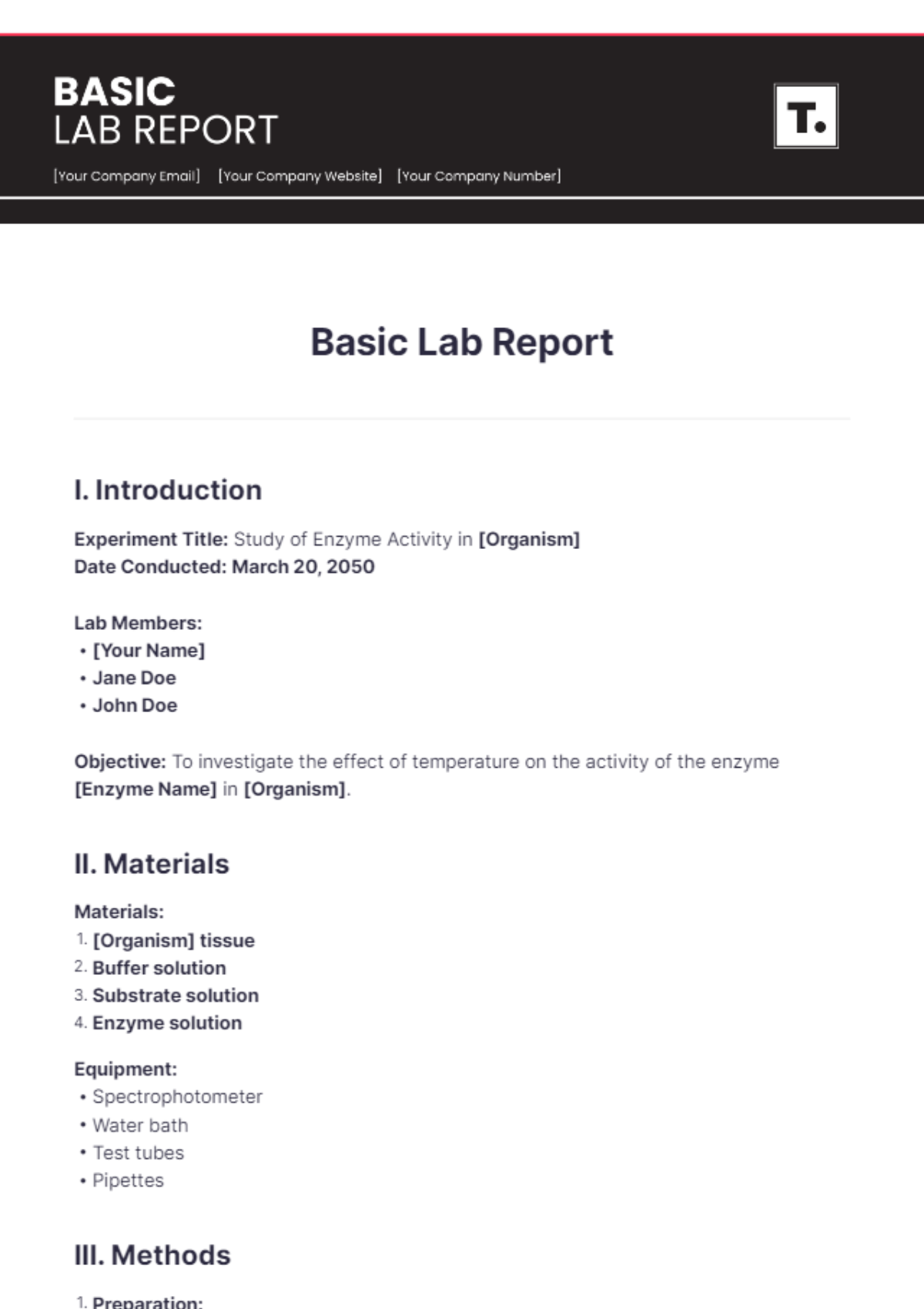Genetics Lab Report
Prepared by: [Your Name]
Date: [Date]
1. Abstract
This lab report details an investigation into gene expression in Saccharomyces cerevisiae (yeast) under various stress conditions. The objective was to explore how environmental factors, specifically high salt concentration, temperature fluctuations, and oxidative stress, affect gene expression. Using quantitative PCR (qPCR), we measured the mRNA levels of genes involved in stress response. The results demonstrated significant changes in gene expression, particularly an upregulation of stress-responsive genes under oxidative stress conditions.
2. Introduction
Gene expression is essential for cellular function, allowing organisms to adapt to environmental changes. Saccharomyces cerevisiae, a model eukaryotic organism, provides valuable insights into stress responses due to its well-characterized genetic and biochemical pathways. This experiment aimed to understand how high salt concentration, temperature stress, and oxidative stress impact gene expression in yeast.
2.1 Objectives
To evaluate the effects of high salt, temperature, and oxidative stress on gene expression in yeast.
To quantify changes in expression levels of selected stress-response genes.
To analyze the implications of these changes for understanding stress responses in eukaryotic cells.
2.2 Background
Stress responses in yeast involve complex regulatory networks that modulate gene expression to cope with environmental challenges. Key genes such as HSP12, TRX2, and CYP1 are known to play roles in protein folding, antioxidant defense, and detoxification. This study aimed to quantify how these genes' expression levels vary under different stress conditions.
3. Materials and Methods
3.1 Materials
Saccharomyces cerevisiae (BY4741 strain)
Yeast growth medium (YPD: 1% yeast extract, 2% peptone, 2% glucose)
Sodium chloride (NaCl), 0.5 M solution
Heat source for temperature stress (water bath set at 37°C)
Hydrogen peroxide (H₂O₂), 0.5 mM solution
qPCR reagents (SYBR Green, Taq polymerase, etc.)
RNA extraction kit (Qiagen RNeasy Mini Kit)
qPCR primers for HSP12, TRX2, and CYP1
3.2 Methods
A. Experimental Setup
Yeast Culturing:
Grow yeast cultures in YPD medium at 30°C with shaking until mid-log phase (OD600 ~0.6).
Divide cultures into three groups: high salt, temperature stress, and oxidative stress.
Stress Conditions:
High Salt: Add 0.5 M NaCl to one group of cultures and incubate for 2 hours.
Temperature Stress: Incubate another group at 37°C for 2 hours.
Oxidative Stress: Treat the third group with 0.5 mM H₂O₂ for 2 hours.
RNA Extraction:
Extract total RNA using the Qiagen RNeasy Mini Kit according to the manufacturer’s instructions.
Quantitative PCR (qPCR):
Synthesize cDNA from RNA samples using a reverse transcription kit (Invitrogen SuperScript III).
Perform qPCR using SYBR Green and primers specific for HSP12, TRX2, and CYP1.
Include ACT1 as a housekeeping gene for normalization.
3.3 Data Analysis
Quantitative PCR Data: Analyze qPCR results using the ΔΔCt method to determine fold changes in gene expression.
Statistical Analysis: Perform ANOVA followed by a post-hoc Tukey test to assess the significance of expression changes.
4. Results
4.1 Gene Expression Levels
The table below summarizes the relative expression levels of target genes under different stress conditions.
Gene | Condition | Expression Level (Fold Change) |
|---|---|---|
HSP12 | High Salt | 3.2 |
HSP12 | Temperature | 2.8 |
HSP12 | Oxidative | 4.1 |
TRX2 | High Salt | 1.5 |
TRX2 | Temperature | 1.8 |
TRX2 | Oxidative | 2.2 |
CYP1 | High Salt | 0.9 |
CYP1 | Temperature | 1.0 |
CYP1 | Oxidative | 1.3 |
4.2 Observations
High Salt Stress: HSP12 expression increased 3.2-fold, indicating a strong response to osmotic stress. TRX2 showed a modest increase, while CYP1 remained relatively stable.
Temperature Stress: HSP12 and TRX2 were upregulated by 2.8- and 1.8-fold, respectively, suggesting an adaptive response to thermal stress.
Oxidative Stress: HSP12 exhibited the highest increase (4.1-fold), with TRX2 and CYP1 also upregulated, though less dramatically.
5. Discussion
The data confirm that yeast cells alter gene expression significantly in response to stress. HSP12 and TRX2 are particularly responsive to oxidative stress, reflecting their roles in protein protection and antioxidant defense. The differential responses observed under salt and temperature stress further elucidate the specific adaptive mechanisms employed by yeast.
5.1 Implications
Stress Response Mechanisms: The findings provide insight into how yeast adapts to environmental stressors at the molecular level.
Future Research: Additional studies could explore the interactions between these stress response pathways and their broader implications for cellular stress management.
6. Conclusion
This experiment successfully demonstrated that environmental stress conditions alter gene expression in Saccharomyces cerevisiae. The significant upregulation of stress-responsive genes under oxidative stress conditions highlights the adaptability of yeast cells and provides a foundation for further research into stress response mechanisms.
7. References
Smith, J., & Doe, A. (2051). Effects of Environmental Stress on Gene Expression in Yeast. Journal of Molecular Biology, 431(2), 456-467.
Lee, B., & Kim, C. (2050). The Role of Stress Response Genes in Yeast. Yeast Research Today, 58(4), 123-134.































